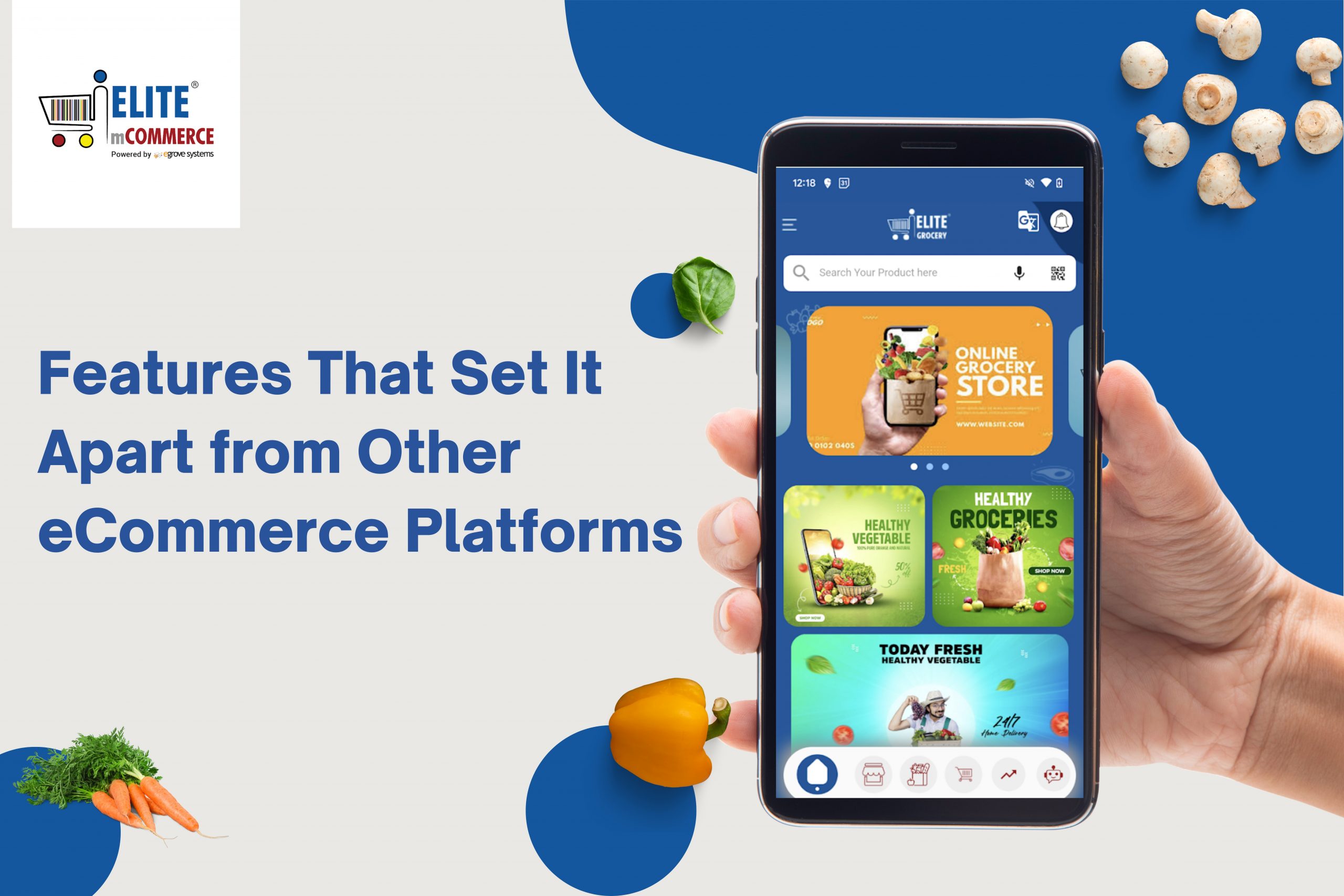With online delivery services taking off, it’s more important than ever for restaurant operators to be able to understand how to set up a delivery system that attracts new and repeat customers. With demand for delivery rising, restaurants need to be prepared to set up their food delivery system or else risk disappointing their customers. Below is an overview of how a food delivery system can work effectively:
Selecting A Delivery Solution
A restaurant operator can partner with a food delivery aggregation platform like Grubhub, Uber Eats, or Doordash. Signing up with these apps will list your menu on the app, and when the restaurant’s staff is ready to fulfil orders and receive delivery drivers, they can activate the app and begin accepting orders. While these services drive a high volume of traffic to your business, they take high commissions and fees that can reduce profitability. Other apps can charge a fixed monthly rate which can be more viable depending on the business’s operating costs, or one can rely on the business’s own website or set up an individual app.
Integrate With Your Technology
Modern restaurants already use technology to improve their efficiency and track orders, such as point-of-sale (POS) systems. Many delivery apps make it possible to integrate their orders with your system, seamlessly transferring sales data from their platform into the restaurant’s record-keeping. When selecting a delivery system, make sure it integrates well with your software and doesn’t wind up causing technical trouble in the future that you will spend more time fixing or working around. Running tests before you commit to a platform is highly advisable; otherwise, it will be too late to correct problems while deliveries are live.
“Read More: How Food Delivery Services March on During the Pandemic Era
Set Up a Delivery Space
This can be a simple, low-tech part of the process, but it’s extremely important to create an area of the business devoted to handling orders with as little interference as possible to avoid confusion and delays in the chaos of a fast-paced restaurant. If an outside delivery service is involved, their employees need to be able to get in and out without interrupting kitchen staff or patrons. Staff should be trained to place fully prepared delivery orders in the delivery space, and effective signage can identify where delivery workers should go so they are able to pick up their orders as quickly as possible.
Coordinate Between Food Preparation and Delivery
It is best to be proactive when managing delivery orders. Assign and train employees to monitor the ordering system so they can be on top of orders as they come in. In addition, be prepared for unexpected issues that can arise from working with delivery drivers. They may come in early or late, so the ability to be flexible and produce orders efficiently will allow restaurants to send out deliveries faster.
In any case, a restaurant’s preparation should treat delivery workers with respect and give them as easy a job as possible. Good-quality packaging should be sealed to prevent spills and other disturbances to the food, and it should also be made easy to carry and transport. This will also be appreciated by customers in the end. Restaurant staff should do their best to be available if they have any questions or concerns.
Monitor Delivery and Customer Satisfaction
Restaurant staff using delivery services should maintain responsibility for the process as much as is reasonable. Some things can go wrong that aren’t their fault, but in the end, customers have a tendency to look to the restaurant when problems arise, and keeping a good reputation is incredibly valuable to attracting new diners and satisfying repeat customers. Customers will appreciate meals that arrive fresh, tasty, and on time. Taking steps to guarantee satisfaction will be great for business in the long run.









Add comment